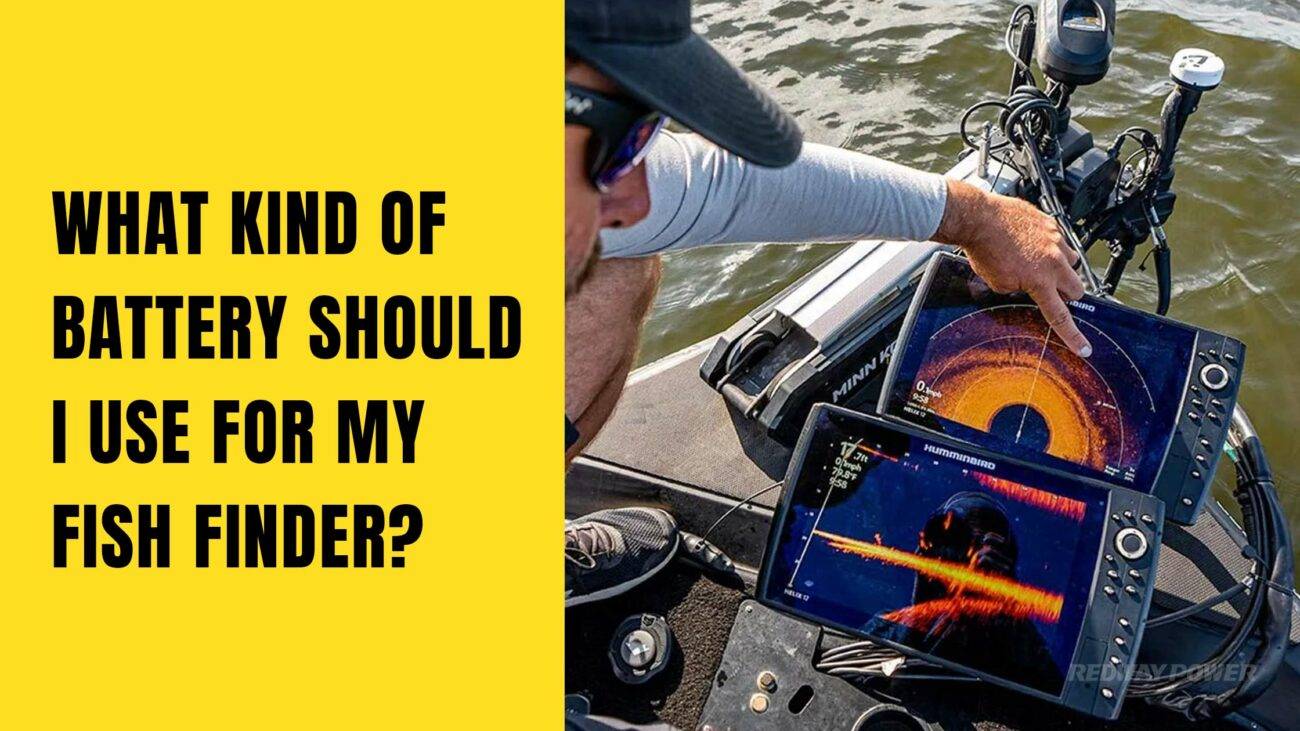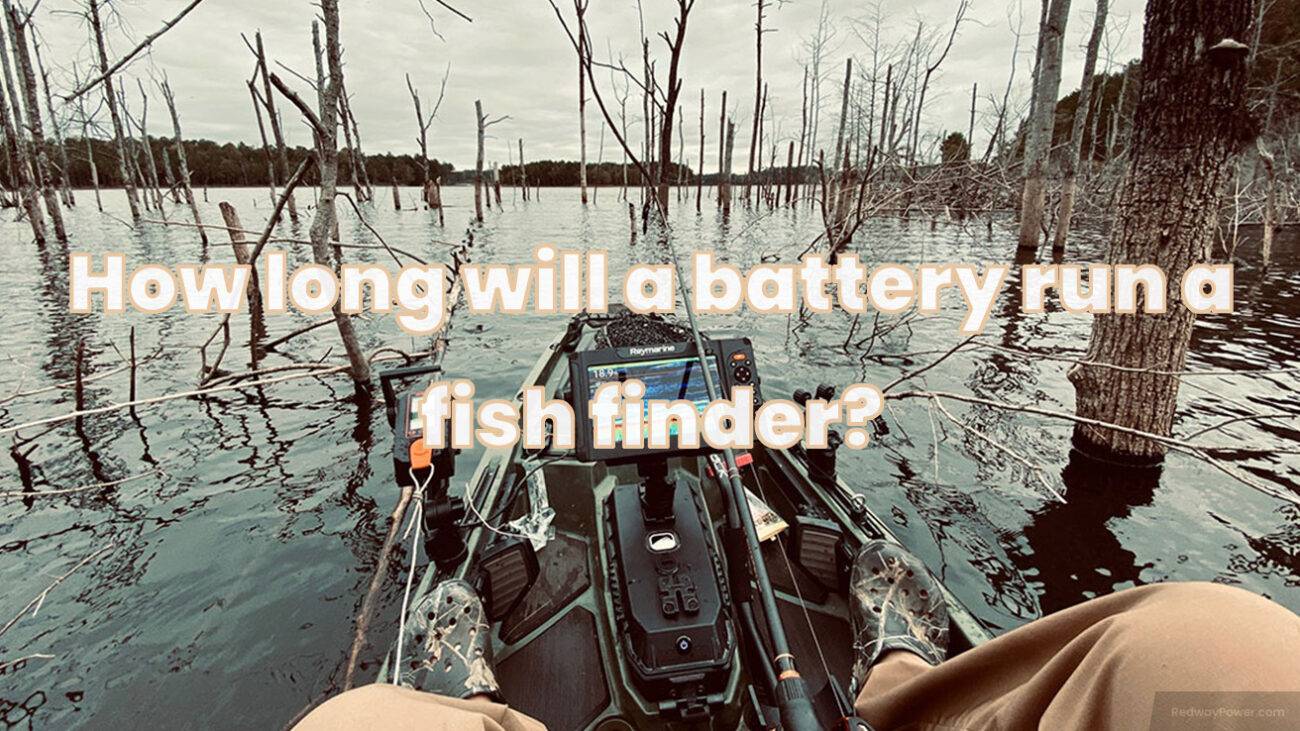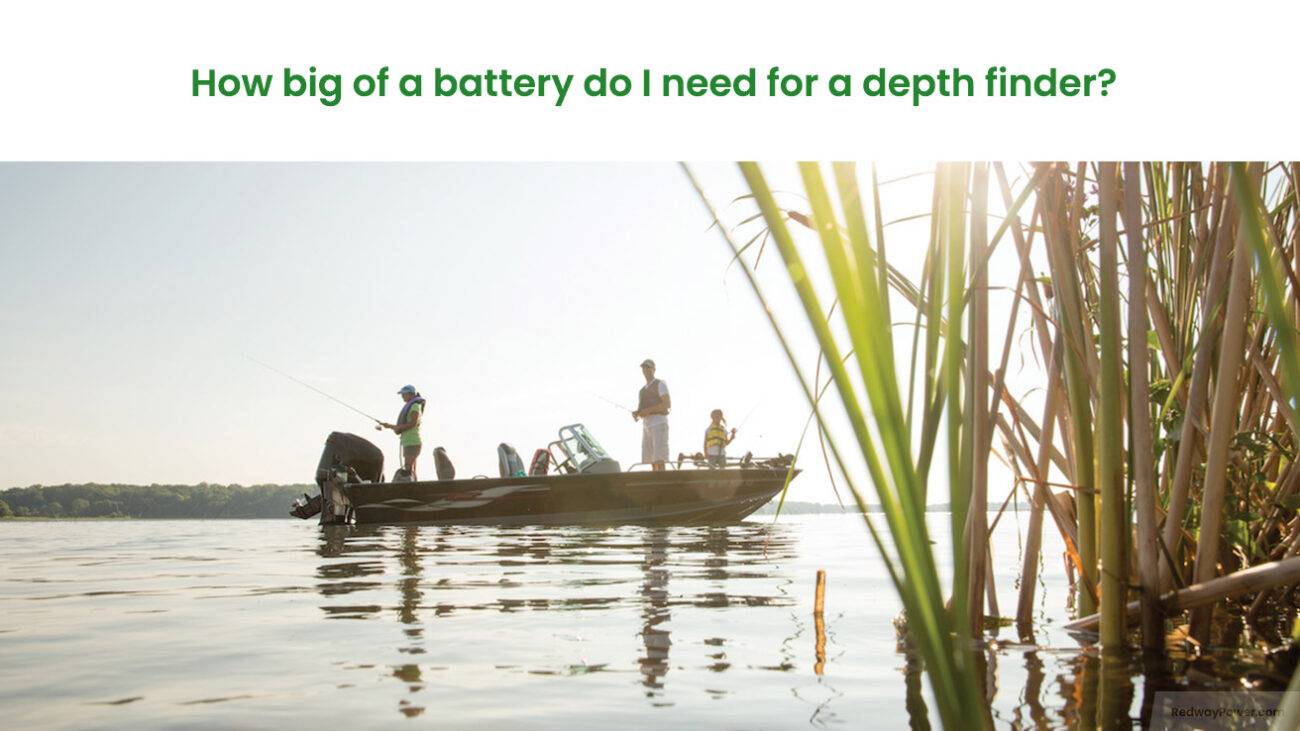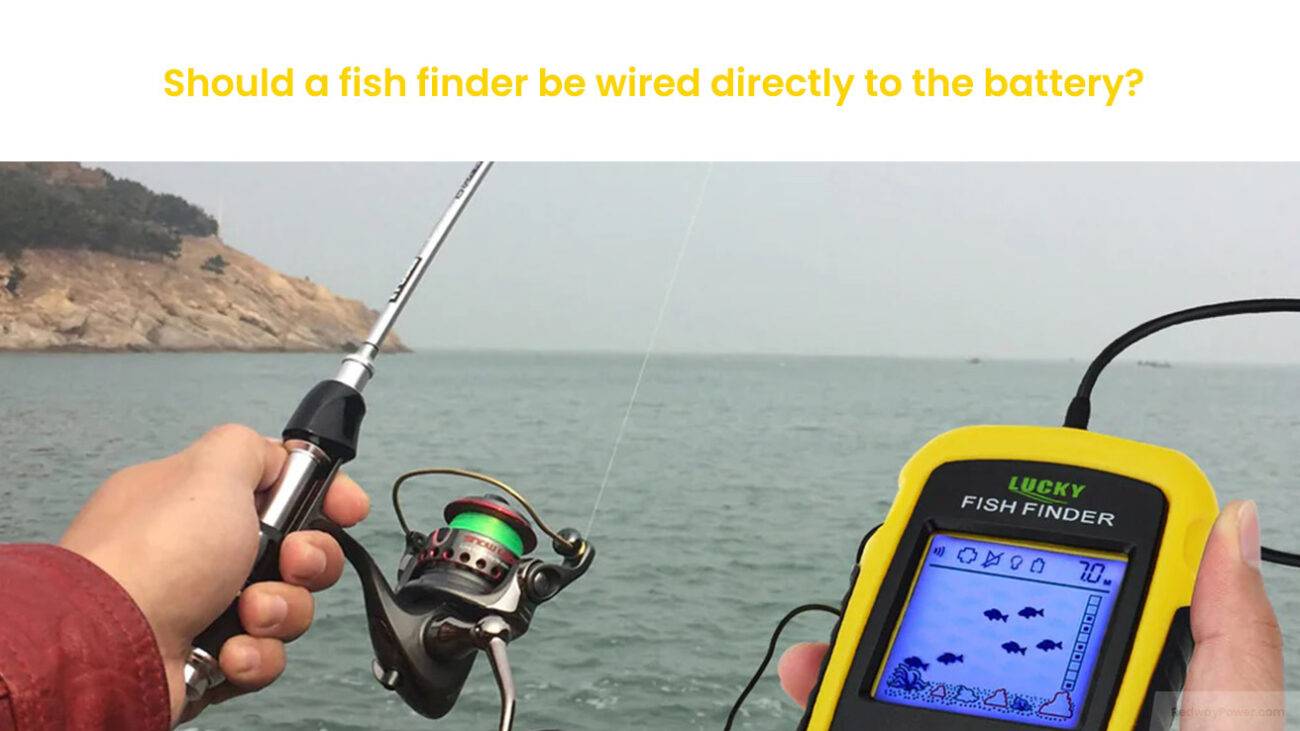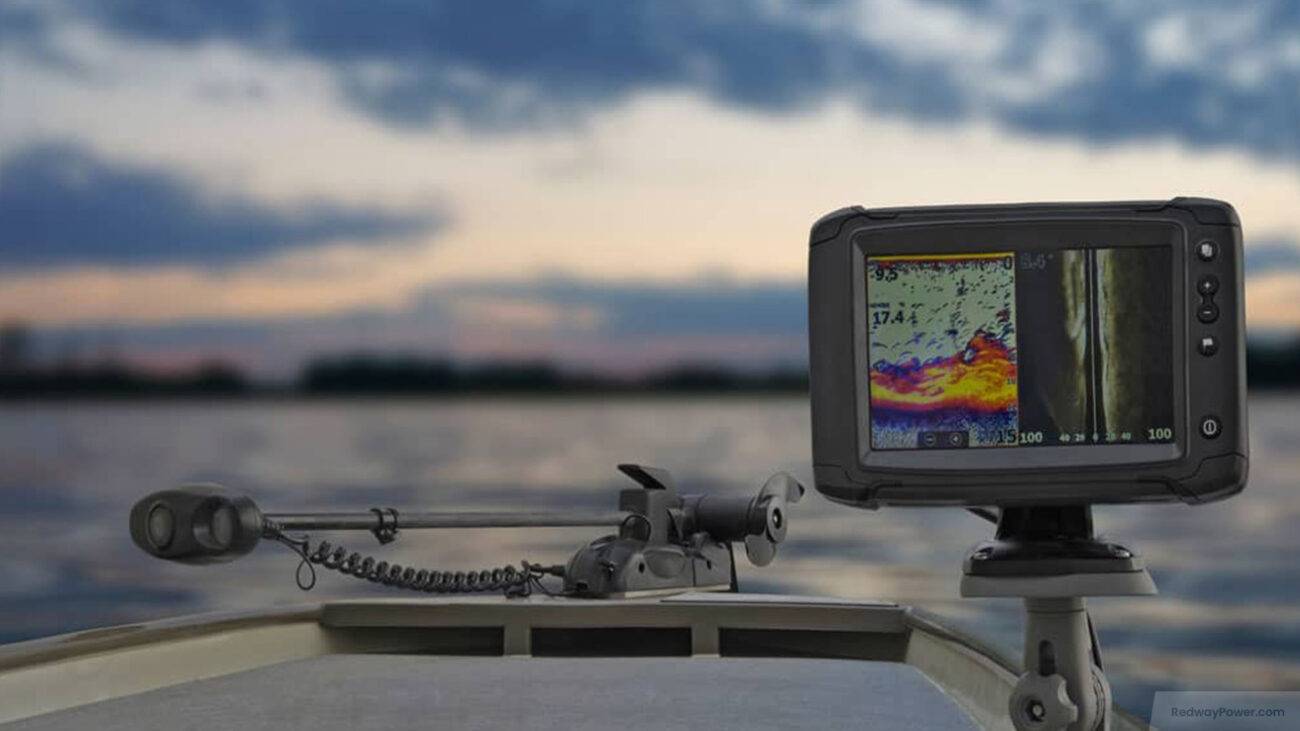- Forklift Lithium Battery
- Golf Cart Lithium Battery
- Rack-mounted Lithium Battery
51.2V 100Ah Rackmount LiFePO4 Battery
8000 times (80% DOD 0.5C)
Optional SNMP for TELECOM - Car Starter Battery
- 12V LiFePO4 Battery
12V 150Ah Lithium RV Battery
Bluetooth App | Self-heating
LiFePO4 | Group 31
UL 1642 | IEC 62619 - 24V LiFePO4 Battery
- 36V LiFePO4 Battery
- 48V LiFePO4 Battery
- 60V LiFePO4 Battery
60V 100Ah Lithium Battery (AGV, AMR, LGV)
Peak Discharge Current 400A
500 x 298 x 349 mm - 72V~96V LiFePO4 Battery
72V 100Ah Lithium Golf Cart Battery
Peak Discharge Current 315A (10S)
740 × 320 × 246 mm - Wall-mounted Lithium Battery
51.2V 100Ah 5kWh
Wall-mounted Battery532 x 425 x 170 mm / LiFePO4
>8000 Cycles (80% DOD 0.5C)
RS485 / CAN-bus
for Solar Home ESS - Home-ESS All-in-One
51.2V 32kWh
All-in-On HESS SystemPowerAll
51.2V / LiFePO4
>8000 Cycles (80% DOD 0.5C)
RS485 / CAN-bus / WiFi
All-in-One for Home ESS
Do I Need GPS on My Fish Finder?
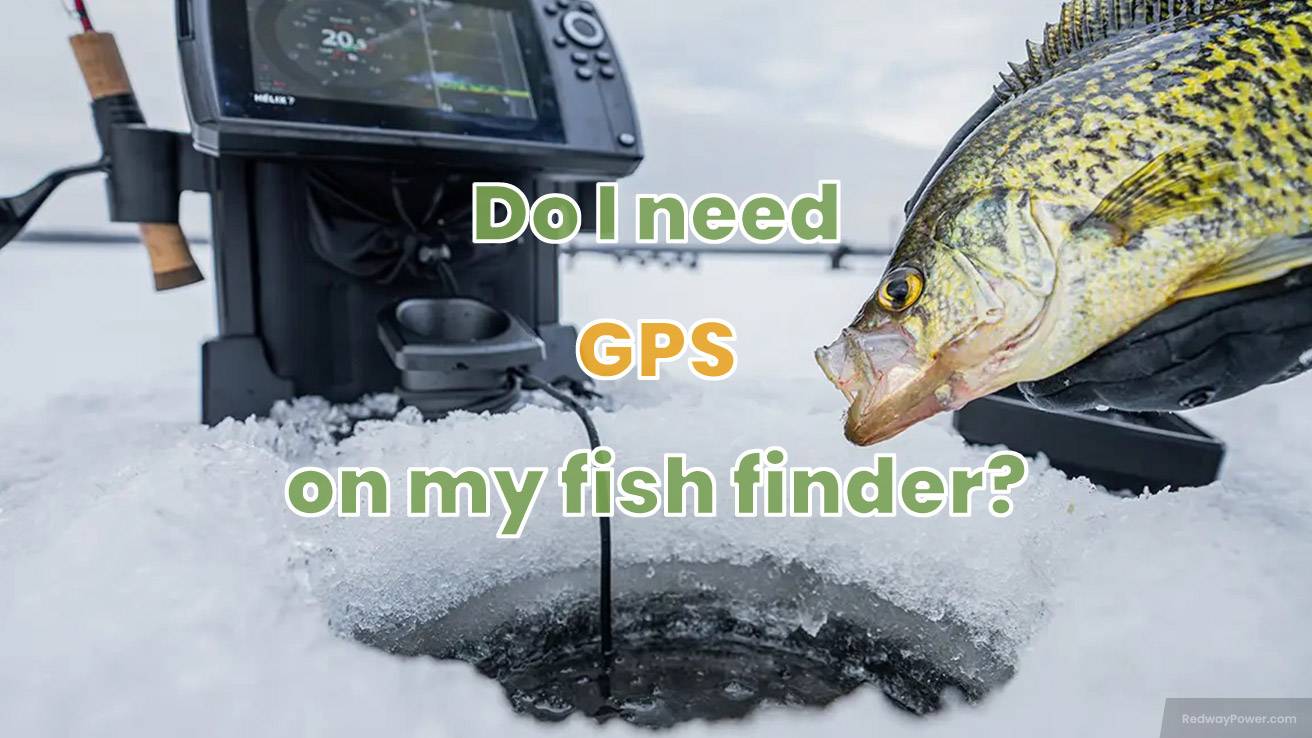
Having GPS on your fish finder greatly enhances navigation, precise location tracking, marking favorite fishing spots, and increasing safety on the water. While not mandatory for every angler, GPS-equipped fish finders provide invaluable benefits like accurate mapping and easy waypoint marking, making fishing trips more efficient and enjoyable.
What Is the Role of GPS in a Fish Finder?
GPS in a fish finder enables you to determine your exact location on the water by connecting to satellites, allowing for real-time tracking. This technology helps anglers mark specific fishing spots, navigate efficiently back to those spots, and avoid hazards. It transforms fishing from guesswork into a precise science by overlaying your position on detailed maps for better decision-making.
How Does Having GPS Enhance Your Fishing Experience?
GPS enhances fishing by allowing you to pinpoint productive areas, save waypoints for future visits, and plan routes more efficiently. It reduces time spent searching for fish, helps track movement and drift, and improves safety by preventing disorientation—especially in fog or unfamiliar waters. These features enable anglers to exploit fishing opportunities more effectively.
Are There Fish Finders Without GPS, and How Do They Compare?
Yes, many fish finders lack GPS and rely solely on sonar to detect fish and underwater structures. While suitable for casual anglers familiar with local waters, these models lack navigation, waypoint marking, and mapping capabilities. Without GPS, anglers may struggle to return to productive spots or navigate safely, reducing convenience and potentially cutting precious fishing time.
What Are the Benefits of Using a GPS-Enabled Fish Finder?
GPS-equipped fish finders offer benefits including increased productivity through precise location tracking, improved safety with better navigation, and enhanced trip planning by saving mapped waypoints. They often include comprehensive mapping tools to visualize underwater terrain, fish habitats, and hazards, significantly amplifying fishing accuracy and efficiency.
Fish Finder Benefits Comparison
| Feature | GPS-Enabled Fish Finder | Non-GPS Fish Finder |
|---|---|---|
| Precise Positioning | Yes | No |
| Waypoint Marking | Yes | No |
| Navigation Assistance | Yes | No |
| Mapping Capabilities | Detailed and often customizable | Basic or none |
| Cost | Generally higher | Generally lower |
How Does GPS Work Together with Sonar in Fish Finders?
GPS complements sonar by providing location data on maps while sonar locates fish and underwater structures. This integration allows anglers to see exactly where they detected fish and return to those spots using saved waypoints or plotted routes. Combining the two technologies creates a holistic view of the fishing environment, enhancing strategy and success.
What Features Should You Look for in a GPS Fish Finder?
When choosing a GPS fish finder, prioritize features like a high-resolution display for clear images, advanced mapping capabilities, multiple sonar frequencies (CHIRP, side and down imaging), waypoint and route management, and connectivity options such as Bluetooth or smartphone integration. Durability and power efficiency are also important for extended trips.
How Does GPS Improve Safety While Fishing?
GPS increases safety by providing exact coordinates to aid navigation and rescue efforts if needed. It lets anglers avoid hazards, monitor proximity to shorelines or obstacles, and maintain orientation in poor visibility conditions like fog or low light. Reliable GPS-enabled fish finders can be life-saving by ensuring you always know your position on the water.
When Is It Worth Investing in a Fish Finder with GPS?
Investing in a GPS fish finder is especially worthwhile if you fish in large lakes, open water, or unfamiliar territories where navigation is challenging. Anglers targeting specific locations repeatedly benefit from waypoint marking. If you prioritize safety or frequently fish in poor visibility conditions, GPS technology provides crucial support and confidence.
Redway Power Expert Views
“Fish finders with GPS capabilities represent a leap forward in angler efficiency and safety,” says Li Wei, a battery and marine electronics expert at Redway Power. “At Redway Power, we emphasize powering these advanced devices with reliable, long-lasting lithium battery packs to ensure that GPS functions remain uninterrupted during critical moments on the water. Whether for casual or professional anglers, GPS integration enhances the fishing experience by combining state-of-the-art location technology with robust power management.”
Conclusion
While a GPS is not mandatory on every fish finder, its advantages in precise location tracking, navigation, safety, and fishing efficiency are substantial. GPS transforms your fishing experience by enabling accurate mapping, easy return to productive spots, and safer exploration of unfamiliar waters. Investing in a GPS-equipped fish finder is a smart choice for serious anglers and those fishing large or difficult waters. Coupled with dependable power from trusted providers like Redway Power, these tools unlock new depths of angling success and security.
FAQs
Q: Can I add GPS functionality to a fish finder later?
A: Some fish finders offer modular GPS attachments, but many models must be purchased with built-in GPS from the start.
Q: Does GPS drain the battery faster on a fish finder?
A: Yes, GPS functions consume additional power, so devices with high-capacity batteries, like those from Redway Power, are recommended for longer use.
Q: Are GPS fish finders more expensive?
A: Generally, yes. The added navigation and mapping features increase cost but often justify the investment through enhanced functionality and safety.
Q: Is GPS necessary for fishing in small ponds or familiar waters?
A: Not usually, unless you want detailed mapping or waypoint tracking. Many anglers get by well without GPS in familiar or constrained environments.
Q: How accurate is GPS on fish finders?
A: Modern GPS fish finders typically have accuracy within a few meters, sufficient for marking fishing spots and safe navigation.
How Do You Use A Garmin Fish Finder Effectively?
To use a Garmin fish finder effectively, securely mount the transducer in clear water contact and power on the unit. Adjust sensitivity for water clarity, choose the right sonar mode, and use Fish ID for clear signals. Mark productive locations as waypoints and study bottom contours or structure to pinpoint ideal fishing spots more quickly.
How Do You Read A Fish Finder Display Correctly?
Correctly reading a fish finder display involves identifying fish as arches or symbols, noting depth at the screen’s side, and interpreting bottom hardness by color or shading. Look for scattered or grouped arches for fish, denser lines for structure, and check temperature or vegetation indicators to refine your fishing decisions.
What Are The Key Features Of A Garmin Fish Finder?
Key features of Garmin fish finders include CHIRP sonar for high-definition imaging, GPS for waypoint saving, user-friendly touchscreens, Quickdraw Contours for custom mapping, and split-view sonar options. Many models offer Wi-Fi connectivity, Fish ID, and real-time depth data to aid both novice and experienced anglers.
What Makes The Lowrance Fish Finder Stand Out?
Lowrance fish finders stand out for their advanced StructureScan, DownScan, and side-imaging capabilities, offering crisp visual detail of underwater terrain. They feature customizable displays, robust chart plotting, wireless integration, and multi-source compatibility, making them a top choice for those requiring comprehensive fish and structure detection.
Is A Fish Finder Worth It For Kayak Fishing Trips?
A fish finder is highly worthwhile for kayak fishing, providing vital information on depth, fish location, and underwater hazards. Compact designs fit easily on kayaks, and accurate sonar readings help you identify weed beds, drop-offs, or fish, maximizing productivity and safety on unfamiliar water.
Do Fish Finders Actually Work For Locating Fish?
Yes, fish finders work reliably for detecting fish by using sonar to distinguish between water, bottom, and moving objects. With practice, users can separate individual fish or schools from debris or false signals, improving catch rates and helping target the most promising sections of water.
What Is The Best Fish Finder For Accurate Results?
The best fish finder for accuracy features advanced CHIRP sonar, high-resolution color screens, and integrated GPS. Top models from Garmin, Lowrance, and Humminbird, such as the Garmin Echomap and Lowrance HDS series, deliver precise imaging and mapping for consistently dependable fishing results.
Do Fish Finders Work Well In Shallow Water Areas?
Fish finders perform well in shallow water when adjusted for higher frequency and lower sensitivity to reduce noise. CHIRP technology and wide-beam transducers make it easier to distinguish structure, fish, and vegetation even in water less than five feet deep, ideal for shallow river or lake angling.

















